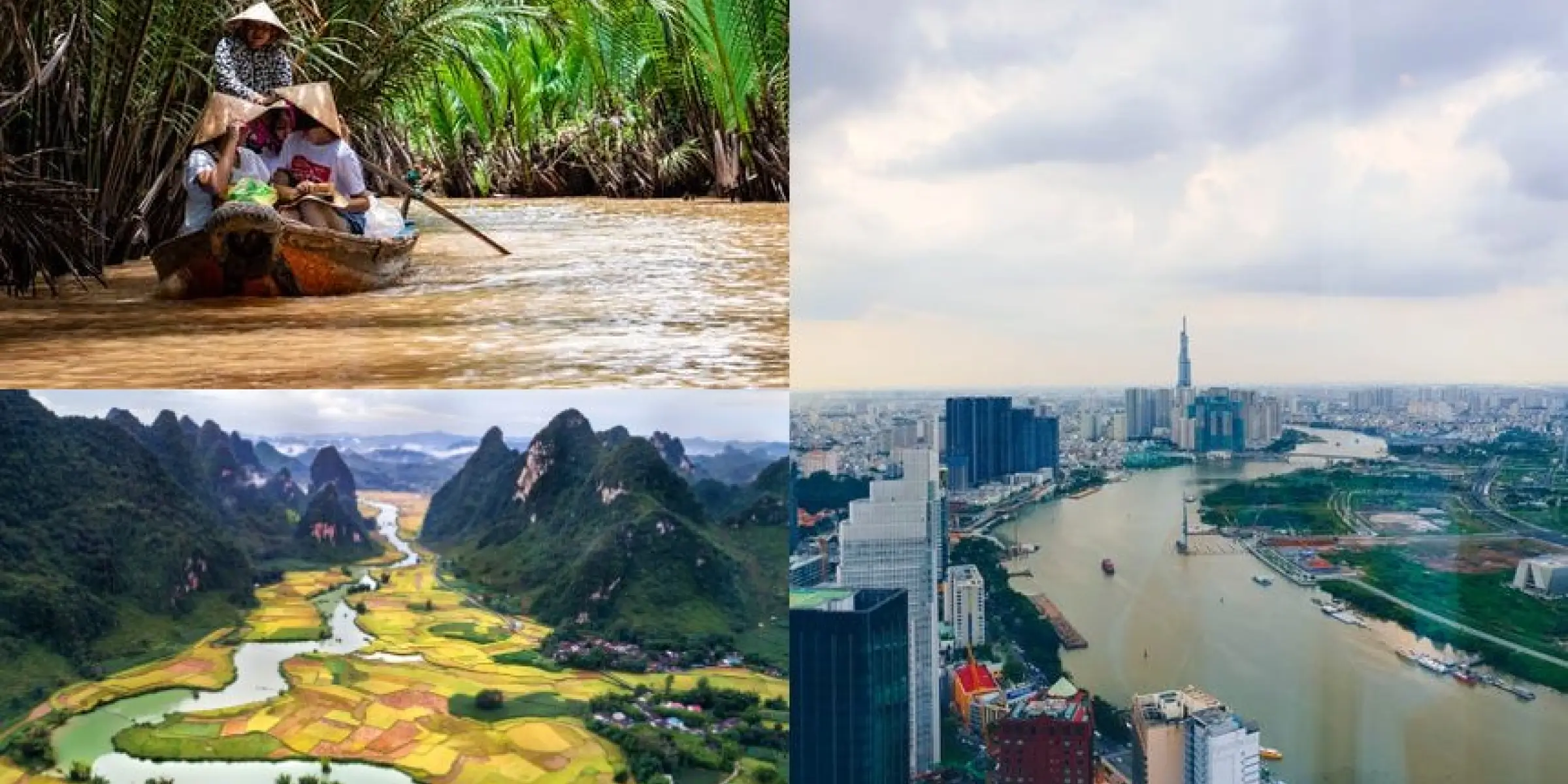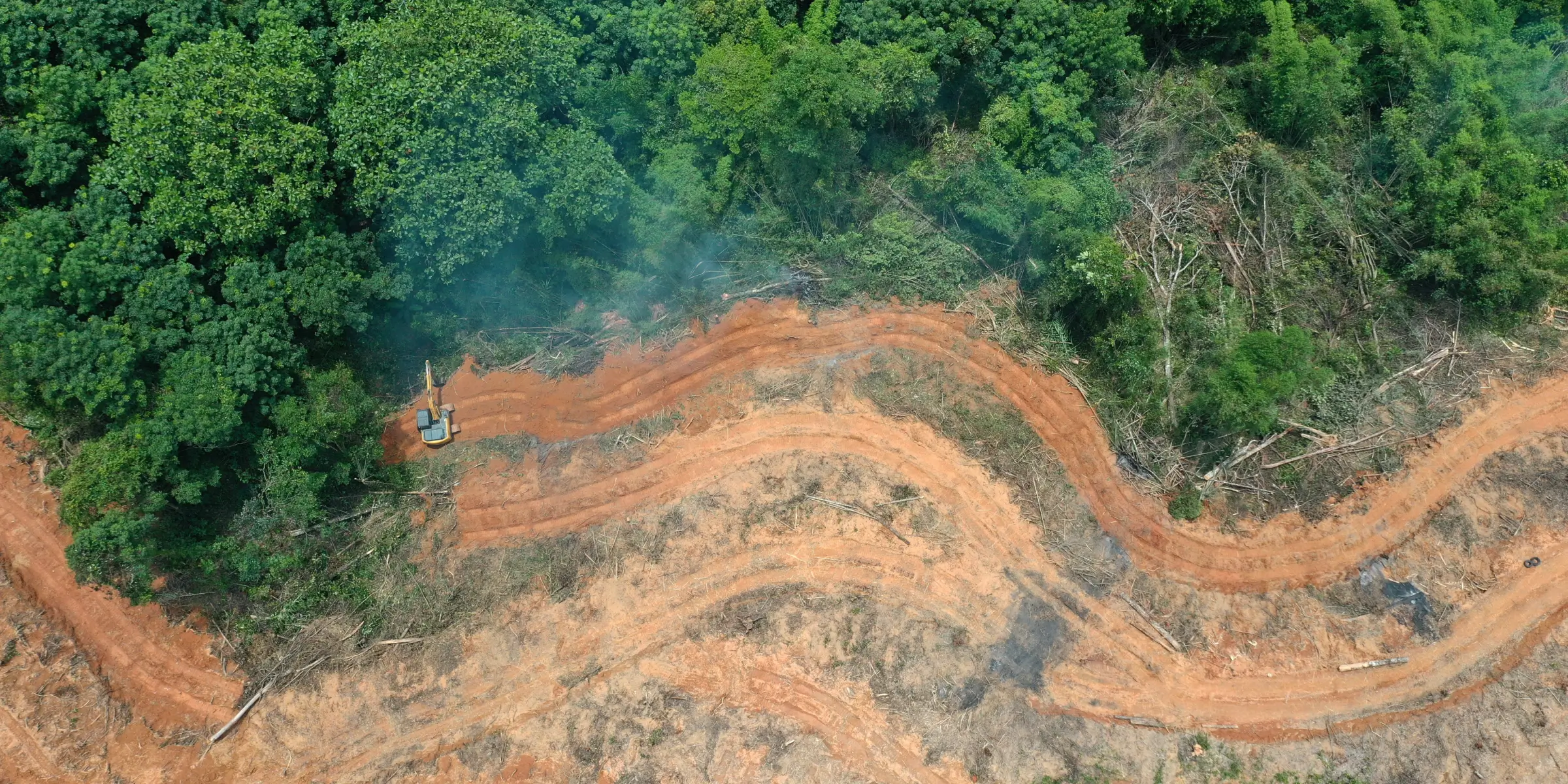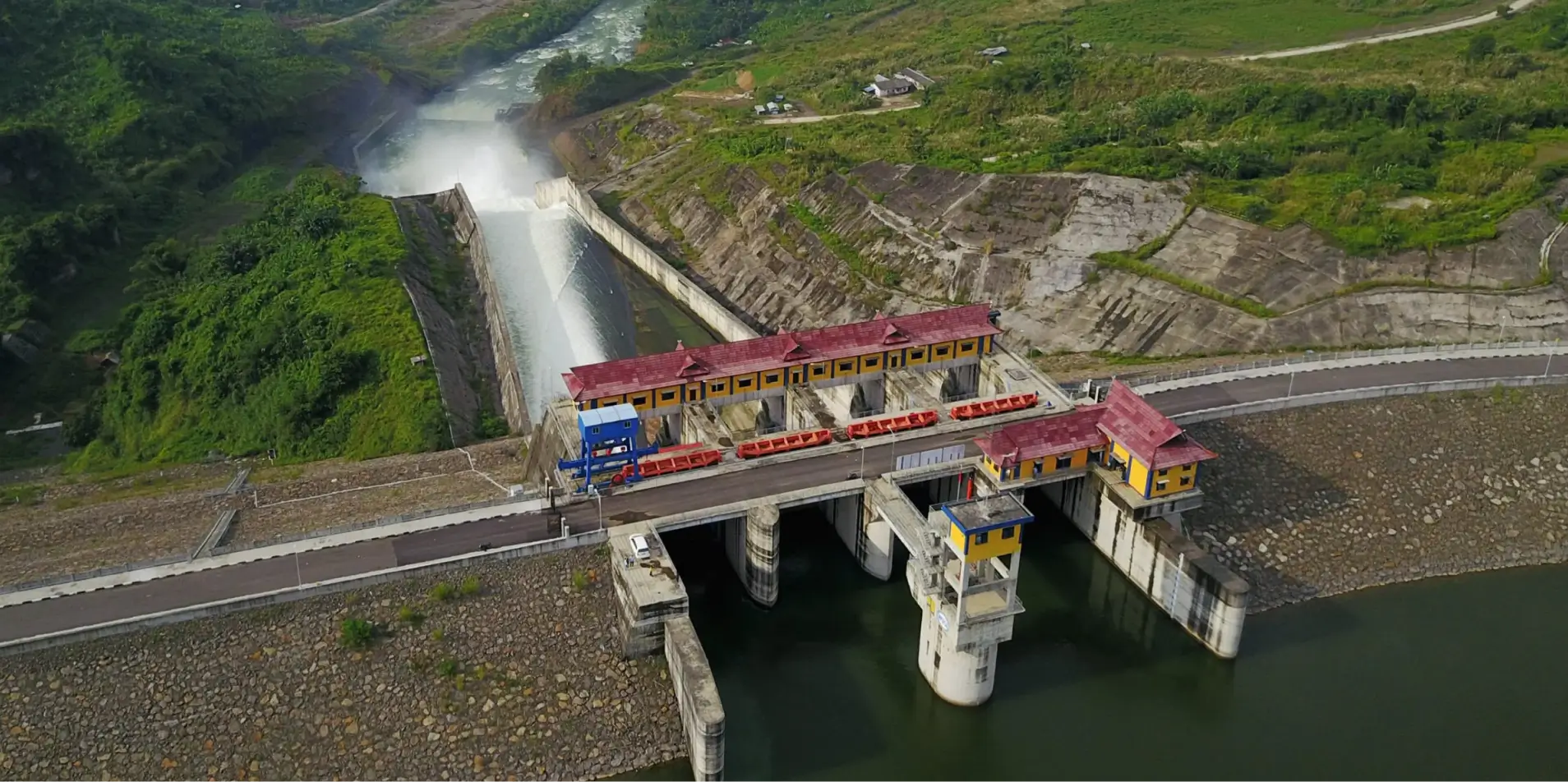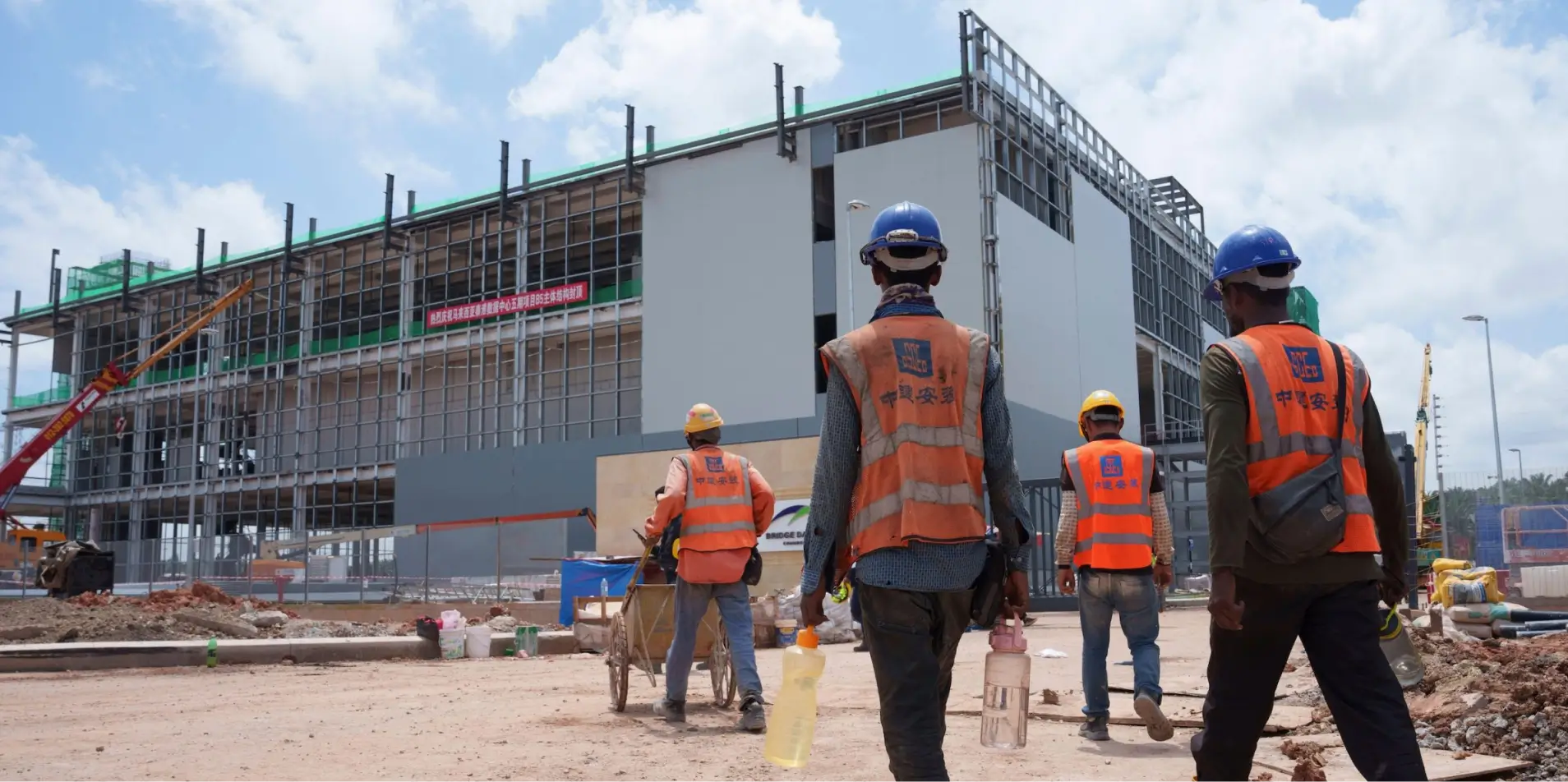A Review of Sam Bloch’s Shade and the Health Imperative for Urban Southeast Asia
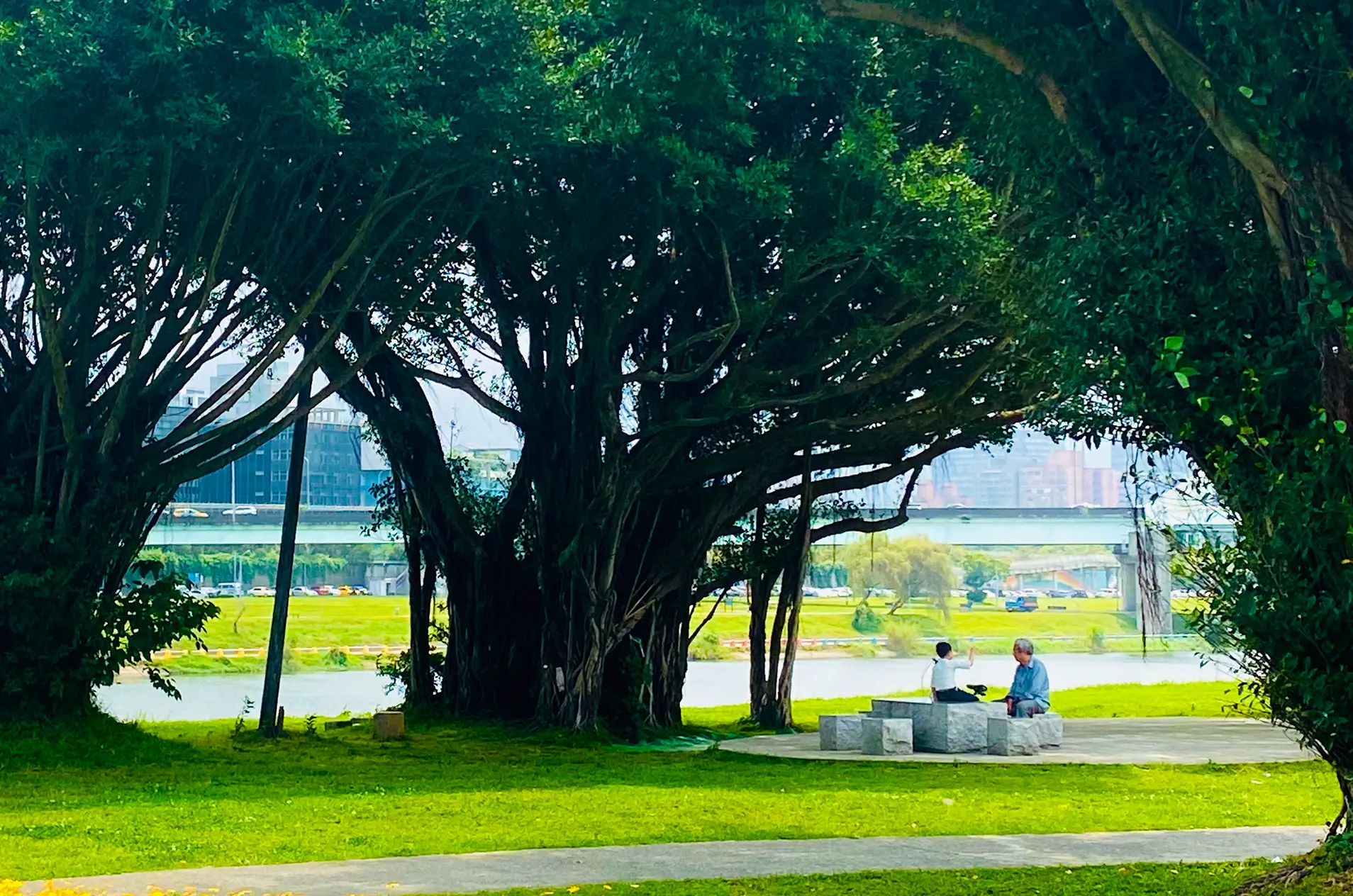
Sam Bloch’s Shade: The Promise of a Forgotten Natural Resource brings overdue attention to a silent climate ally: shade—not just as a design aesthetic, but as a vital civic infrastructure. Bloch frames shade as a public-health asset, a mechanism of environmental justice, and a cornerstone for equitable urban design.
Heat and Vulnerability in Southeast Asia
The timeliness of Bloch’s work is especially acute in Southeast Asia, where soaring temperatures, high population density, and rapid urbanization create critical health vulnerabilities.
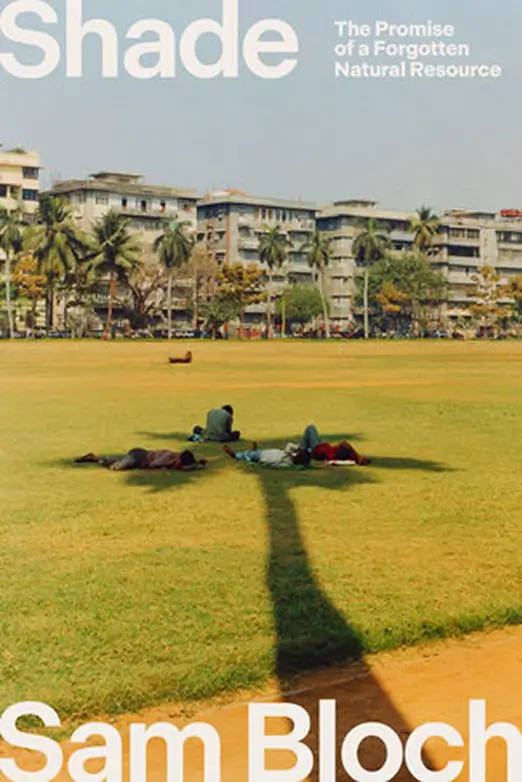
Imagine the sweltering streets of Bangkok, Jakarta, or Manila—a concrete maze without respite from heat. Urban residents without access to shade face higher risks of heat-related illness, cardiovascular strain, and overall discomfort. Shade in SEA is nothing less than a public-health necessity.
A recent scientific investigation underscores this reality that “shade-providing vegetation” offers powerful cooling effects, making shaded areas up to 10 °C cooler. This remarkable drop in ambient temperature translates directly into improved thermal comfort, reduced reliance on air conditioning, and potentially lower heat-related morbidity.
Shade delivers measurable cooling, health protection, energy savings, and social equity.
— Sam Bloch
Lessons from Singapore’s Garden City Vision
Singapore’s shade-forward urban policies under the then leadership of Lee Kuan Yew offer a compelling precedent. His “Garden City” vision prioritized green corridors, widespread tree planting, and air-purifying urban landscapes—not merely as beautification, but as foresightful adaptation to tropical heat. Lee warned against the existential toll of “a concrete jungle,” emphasizing that “we need the greenery of nature to lift our spirits.”
Bloch’s book and burgeoning scientific studies frame a clear imperative: in Southeast Asia, shade is health. Urban planners must treat shade—whether via planting canopy trees, creating green corridors, or designing shaded public spaces—as integral to climate resilience. Shade delivers measurable cooling, health protection, energy savings, and social equity.
In burgeoning metropolises, where air-conditioned structures cluster yet shade remains scarce, integrating tree canopy and vegetation into cityscapes is not an aesthetic afterthought—it’s a frontline defense. The science suggests—and Bloch’s narrative reinforces—that investing in shade infrastructure is investing in public health, climate adaptation, and urban dignity.

